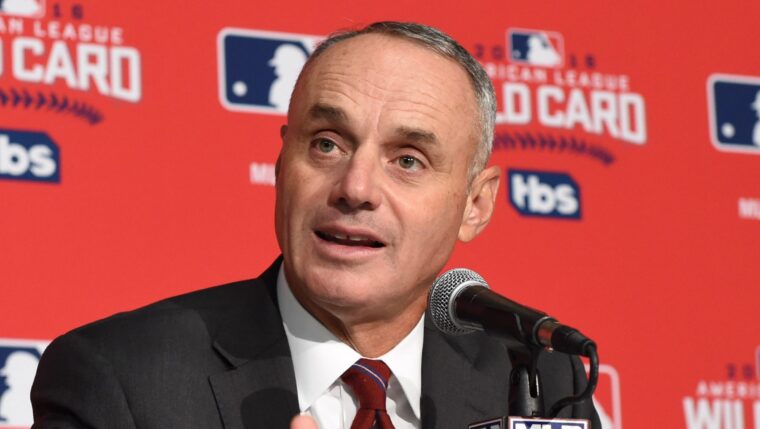
When the Major League Baseball lockout ended on March 10, the players and owners chose not to implement many previously-discussed rule changes for the 2022 season. However, the two sides did agree to allow MLB to implement rule changes with 45 days’ notice to the Major League Baseball Players’ Association, down from a year’s notice under the prior Collective Bargaining Agreement.
One rule change we can count on in 2023 is the implementation of the pitch clock, an idea being used in all levels of the minor leagues this season. Here is how it works. Pitchers have 14 seconds to throw a pitch if there are no runners on base, and 18 seconds to do so when there are runners on base. Hitters are assessed a strike if they aren’t ready to hit with nine seconds remaining, and pitchers are penalized with a ball if they haven’t delivered a pitch before time expires.
So does it work? Yes, it does. In 2021, the length of minor-league games was an average of 2 hours, 39 minutes when a pitch clock was used, compared to an average minor-league game time of 2:59 without pitch clocks (source: Jayson Stark, The Athletic). That’s a reduction of 20 minutes, or about 11% of the time of the game.
Now the question becomes, is reducing the time it takes to play a major league game a desired outcome? Some would say yes, because fan interest has waned over the years and shortening the game may be a way to draw more fans, particularly younger ones, into baseball. Others would say that the length of a game does not matter, in fact, the relaxed pace of a baseball game is among its inherent charms. Why mess with something that makes baseball unique?
Then there is another concern with a pitch clock. Having one may alter the manner in which pitchers have worked for most of the baseball lives. Could this result in more injuries, especially in the early years of the pitch clock? One of the reasons cited for implementing the universal designated hitter was to reduce injuries to pitchers (albeit while batting or running the bases), so why impose a new rule that might carry with it the same undesirable outcome another rule was effectuated to prevent?
Theo Epstein, architect of of the championship teams in Boston and Chicago (Cubs), now a special consultant to Major League Baseball opines as follows on the pitch clock (from Jayson Stark in The Athletic):
“It’s not just the pace and not just shorter games. A pitch timer also just creates a little bit better rhythm and a little bit better action. With the pitch timer, strikeout rates have gone down. That means the ball’s in play a lot more with the pitch timer. Walk rates have actually gone down. So pitchers just get into a better rhythm and throw more strikes. And that’s a really good thing, too. And with the pitch timer, fielders are on their toes. They’re more into the game. They’re engaged. You’re making better plays. And fans are more into the game. Because much like in the ‘70s, or ‘80s, you’d see a pitch every 10 to 15 seconds instead of every 20 to 30 seconds. And that’s just a better natural rhythm and flow and aesthetic for the game.”
Like it or not, there will be a pitch clock next season. It likely will reduce the time of major league games (which was three hours, 11 minutes in 2021). When the clock was used in the minor leagues, there was no material change in average runs per game, so offense should not be impacted. Is baseball doing the right thing by addressing a real problem, or finding a cure for which there is no disease? Time will tell.
One thing is certain. The pitch clock is not the last rule change that we will see in the coming years. Shift bans, a change to the scheduling format, robot umpires with the ability for managers to challenge balls and strikes (allegedly “immediately”), a modified strike zone, and though not a “rule”, let’s not forget games on Apple TV+ and Peacock…all of these and more either are in effect or may be seen in the next five years.
We got baseball back on March 10. No one said it was going to be the same.















